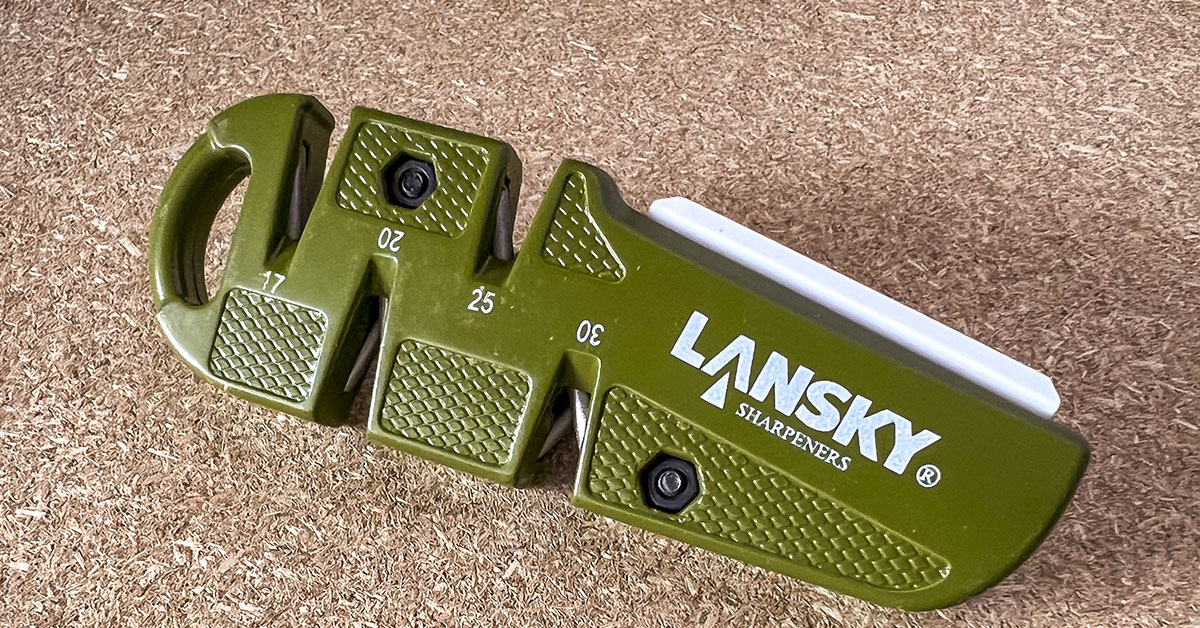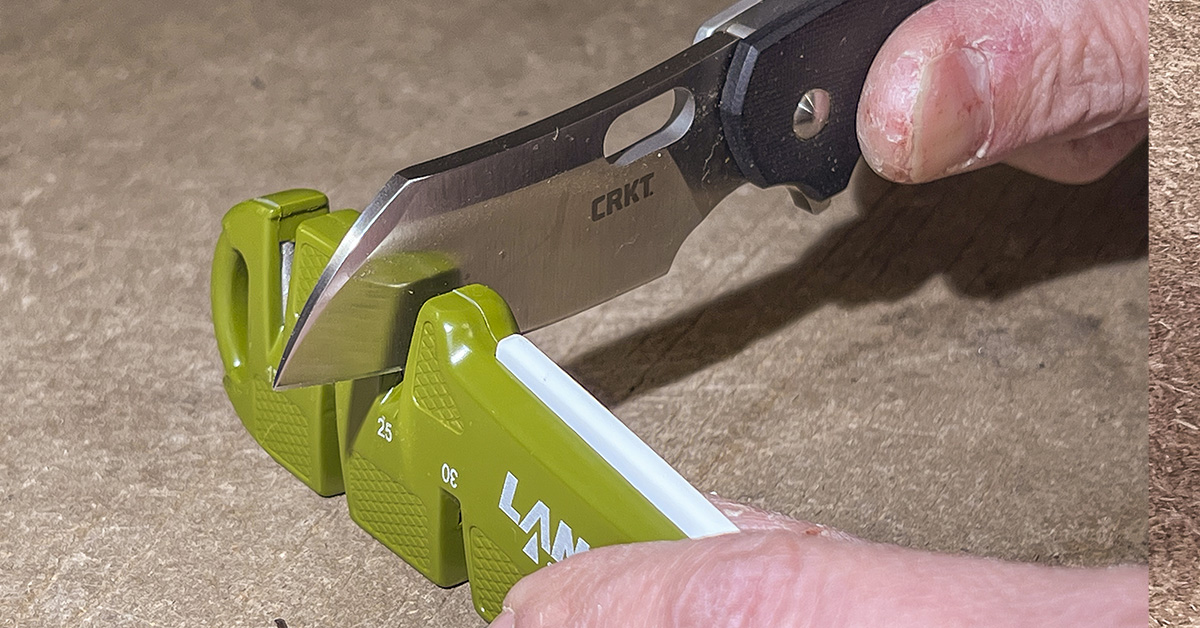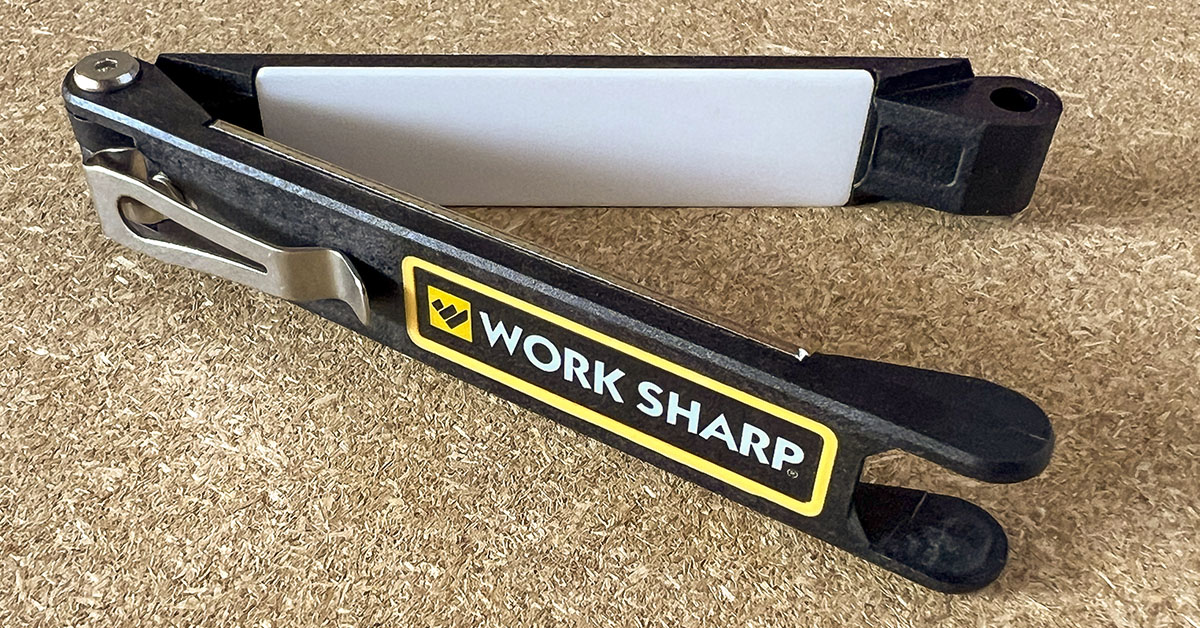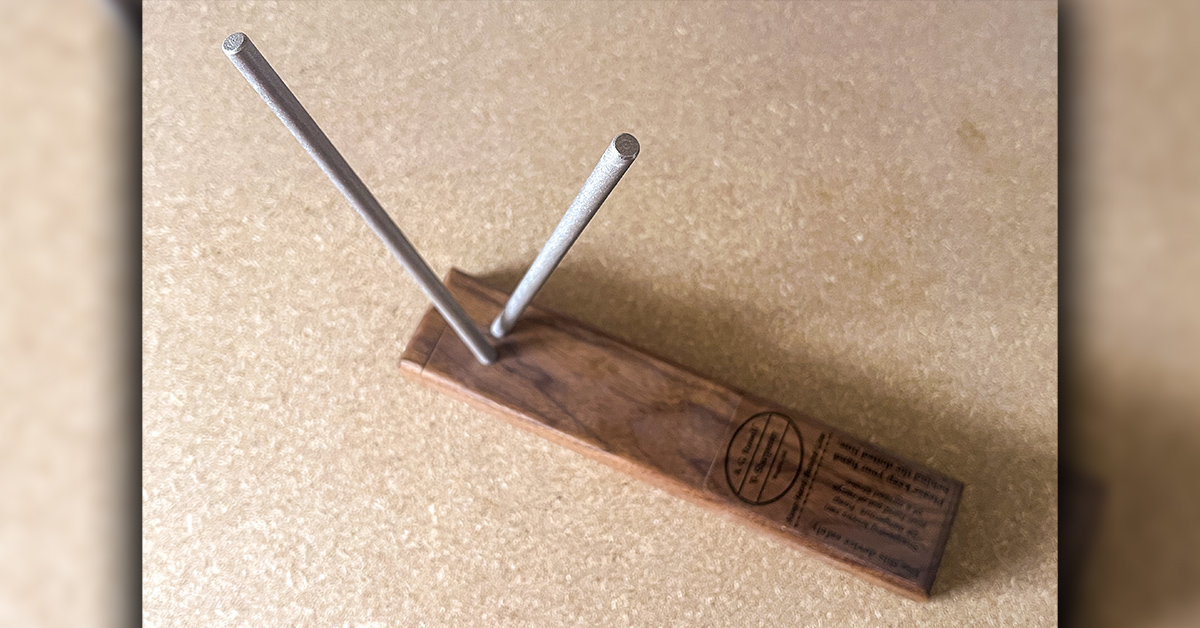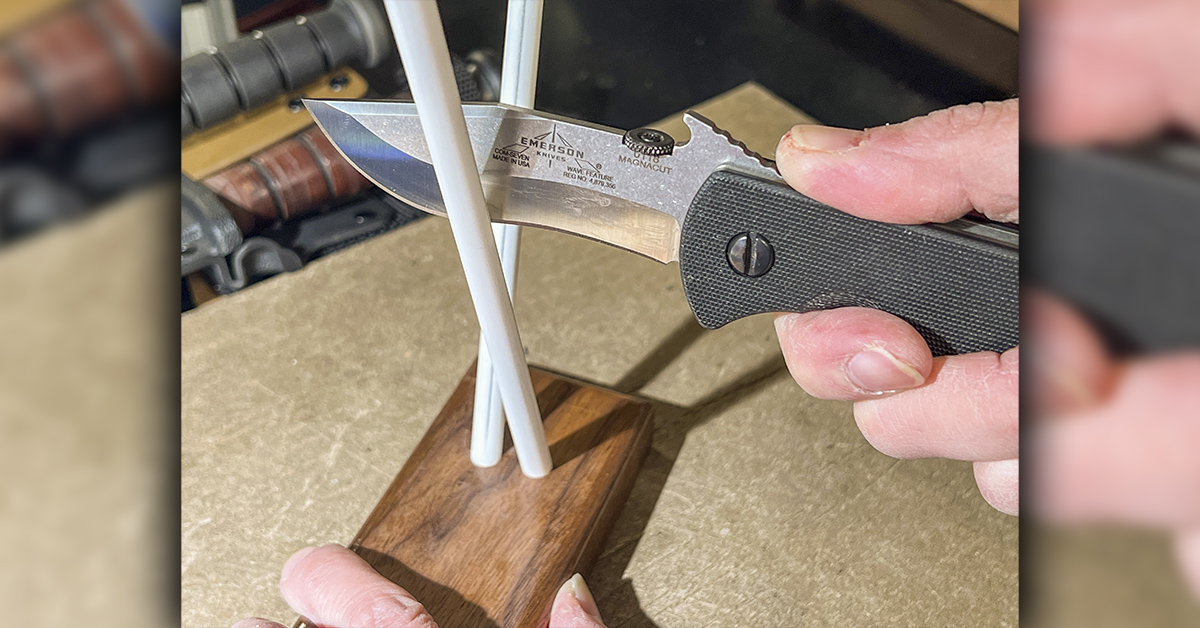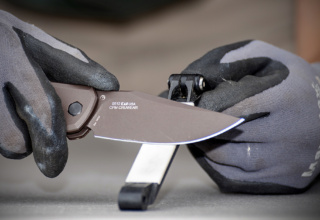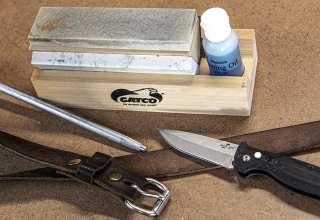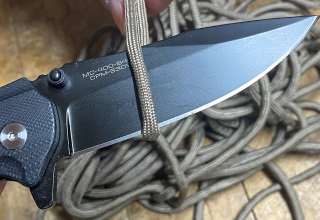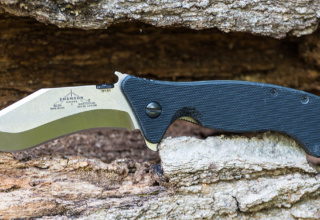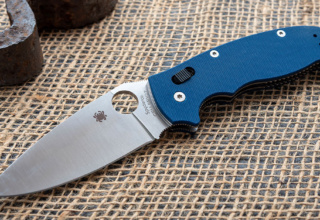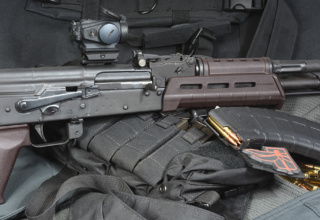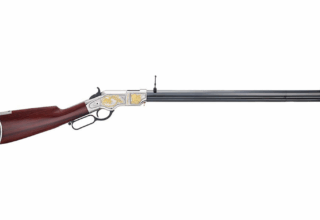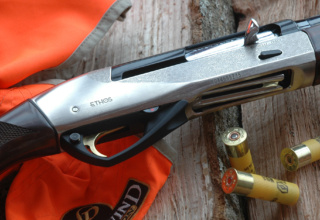Whether you are a novice or a veteran hand at sharpening tactical, hunting, and general use knives, here are three sharpeners that are budget-friendly and quick to the task
by Dexter Ewing; photos by Marty Stanfield, Marty Stanfield Photography
Many of us carry and use pocketknives on a regular basis. And almost all of us have kitchen knives at home. Some of us hunt for game when it is in season. Regardless of what knives you have and how frequently they are used, one thing is for sure — knives eventually become dull and require attention to renew the cutting edge for more efficient and safer use.
You might have heard that a sharp knife is safer to use than a dull knife. This is true, for a sharp edge will bite right into whatever you are cutting and carry its way through. A dull blade will glance off to the side and then it will strike anything in its path — including human flesh. This is why people get cut from semi-dull blades that still are sharp enough to break skin. Keeping your knives sharp is perhaps the best thing you can do for them.
“But I can’t sharpen,” you say. Oh, yes you can, I say!
You might have seen those sharpeners sold at big box stores, hardware stores, and home centers. You know, the ones that you pull over the blade and have two carbide pieces held at a preset angle. All you do is place it on the blade and pull. These “drag-and-scrape” deals actually do more damage to a blade over time because they end up removing too much metal — more so than a proper sharpening does. They are popular because they are inexpensive and super easy to use.
Don’t fall for the temptation. There are other pull-through sharpeners that use diamond or ceramic sharpening media. Those are safer on knives and recommended over the carbide-based ones. With this being said, let’s get into some information about sharpening in general. If you want to learn how to sharpen, it’s important to first understand the basics.
Regardless of which sharpener you choose to use, the key to obtaining a sharp edge is angle consistency. The more consistently you hold that angle, the more thorough the sharpening job will be and, thus, the better your results. A standard, plain-edge blade has two cutting edge bevels — one on each side of the blade. Looking at them head on, they form a “V” cross-section.
As you use the knife, it will get dull. It’s just the dynamics of knife steel. Even the most expensive and wear-resistant knife steel will dull. When a blade dulls, the point of that “V” will flatten out. When you sharpen a blade, you are essentially taking out that flat spot and returning the cross section to it’s true “V” shape, making it razor sharp again. If you fail to hold the angle consistently, that “V” profile won’t be crisp and defined and therefore the blade will not be sharp. This is why sharpening is so demanding.
Some folks don’t like sharpening, and I get it. They might lack the mechanical aptitude or the patience to sit and learn the skill, or they just don’t want to be troubled with it. This is not an activity for everybody. As you learn to sharpen, expect to make mistakes. Of course, this is how you learn — from your mistakes. So, keeping that angle consistent is most definitely the “science” part of sharpening since maintaining the consistent angle is paramount. Thankfully, modern sharpeners help you to maintain that consistent angle, removing the science from the task. We will examine a few of these sharpeners here, but please bear in mind this isn’t all the sharpeners available. It might be well for you to do some research and learn more about what’s out there.
Lansky D-Sharp
Lansky is a top name in sharpening, and their products are ones you can trust to maintain the edges of all your knives. Their D-Sharp pull-through sharpeners feature four slots with a pair of 600-grit diamond rods set at various angles.
There’s 17, 20, 25, and 30 degrees. Just select the slot you desire, place the blade in the slot, and pull the blade through using light pressure. Let the diamonds do the work, keeping the pressure light. There’s also an 800-grit tapered fine grit ceramic stone included on it as well. This can help to polish a plain edge after sharpening with the diamonds or to touch up serrated blades. The D-Sharp features an ultra-durable cast-metal body. MSRP is $28.95.
Work Sharp Folding Field Sharpener
The Folding Field Sharpener from Work Sharp is an ultra-compact sharpener that features two sharpening media — a 400 grit diamond plate and a fine grit ceramic plate. There are also two sets of integrated angle guides to assist in getting the right angles. The diamond plate has 25-degree guides and the ceramic has 20-degree guides. When folded, this sharpener measures a little over 4 ½ inches long. It also has a steel pocket clip like a folding knife does, so you can carry this sharpener with you and sharpen on-the-go.
Start with the diamond plate to do the bulk of the sharpening work. Use light pressure and let the diamonds do all the work. Finish up by honing on the fine grit ceramic. It will sharpen any plain edge knife from a large chef’s knife all the way down to a small pocketknife and all knives in between. And for its size and build, the sharpener is highly effective. It’s also easy to use. For $29.95, it’s an excellent deal.
AG Russell V Sharpener
AG Russell offers their V Sharpener, the company’s take on the classic sharpener known as “crock sticks.” Crock sticks are a pair of ceramic rods inserted into a wooden base with pre-drilled holes that secure them at an angle. As long as you maintain the blade orientation perpendicular to the countertop surface or table you are working from, the knife will be sharpened at a consistent angle, which usually is around 20 degrees. These type of sharpeners are what I recommend to someone who wants to maintain their own kitchen knives. They are easy to use and cost effective.
The AG Russell V Sharpener is offered in three configurations. All feature an upscale walnut wooden base with holes drilled lengthwise into the base for storage of one set of rods. The first configuration is ceramic rods only (MSRP $49.95), the second is diamond rods only (MSRP $49.95), and finally is the combo kit with both the ceramic and diamond rods (MSRP $79.95). Diamond rods cut aggressively and are the choice for extremely dull knives and for the harder stainless steels. Ceramic is a good all-around choice for minor touch ups. Don’t get me wrong, the V Sharpener will work for other knives as well, but the reason for recommending it for kitchen knives is due to the longer rods that accommodate the longer blades of slicers and chef’s knives.
With these sharpeners, anyone can learn to sharpen if they have the desire. They all eliminate guesswork and the science from the sharpening process. From here, should you desire to pursue a deeper education in sharpening, upgrading more advanced sharpeners can produce better results and perhaps sharpen a wider variety of knives and tools.
Regardless of the equipment chosen, the sharpening process is all the same — to abrade away both sides of the cutting edge bevel and true it up symmetrically. When you do so, you are left with a renewed cutting tool and a safer one as well since a properly sharpened blade bites in better and has less chances of slippage.

